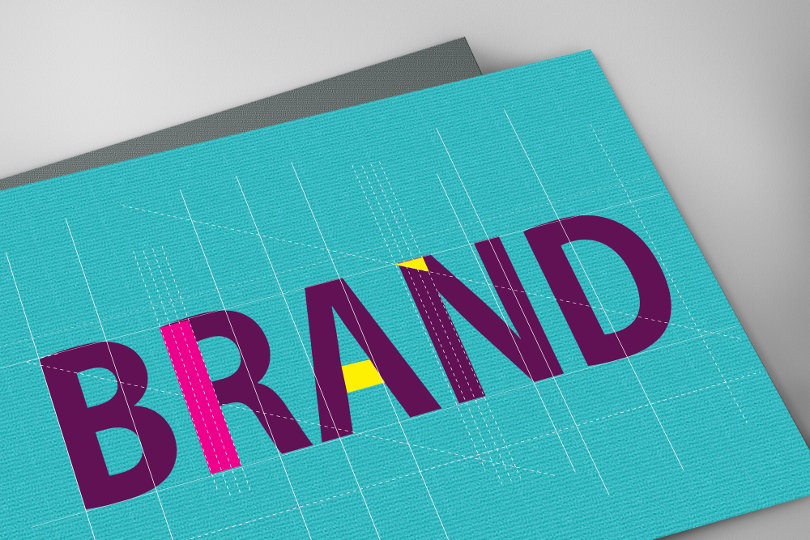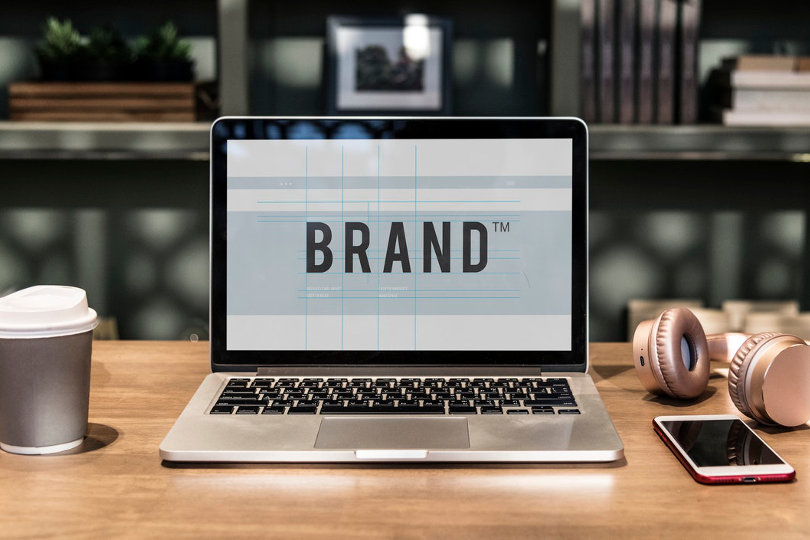Brand assets are any physical or digital elements that are associated with your company or product. You can think of them as the building blocks of your brand identity. Brand assets might include your logo, name, tagline, color palette, typeface, website, social media accounts, and more.
As a business owner or marketer, it’s important to understand how to use brand assets correctly in order to protect and strengthen your brand identity. You can do this yourself alongside your marketing team, or hire a digital pr agency to assist you.

This blog post will give you an overview of brand assets and some tips on managing and leveraging them effectively.
What Are Brand Assets?
As we mentioned earlier, brand assets are any physical or digital elements that are associated with your company or product. Your brand assets should be carefully crafted to reflect your desired image and communicate your unique value proposition.
Some common examples of brand assets include logos, names, taglines, color palettes, typefaces, websites, social media accounts, and more. Essentially, anything that bears your company’s name or logo can be considered a brand asset.
It’s important to remember that your brand assets are more than just visuals—they also include the way you communicate with your audience. Your tone of voice, for example, is an important part of your brand identity. The way you use language can help convey your values and set you apart from your competitors.
Why Are Brand Assets Important?
Your brand assets play a crucial role in shaping how customers perceive your business. They’re often the first thing people will notice about your company, so it’s important to make sure they’re conveying the right message about who you are and what you do.
Well-crafted brand assets can help build trust and credibility with potential customers by conveying a sense of professionalism and quality. On the other hand, poorly managed brand assets can harm your reputation and turn customers away.

How Can You Manage Your Brand Assets?
Now that we’ve gone over what brand assets are and why they’re important, let’s take a look at some tips on how you can manage them effectively:
Keep a central repository
A big part of managing your brand assets is simply keeping track of where they all are. Over time, it’s not uncommon for companies to end up with scattered files stored in different locations. This can make it challenging to keep track of everything—and even harder for others to find what they need.
Creating a central repository for all of your brand assets is a great way to keep everything organized in one place. This will make it easier for you (and anyone else who needs access) to find what you’re looking for quickly when you need it. You can create this repository using a simple file-sharing service like Google Drive or Dropbox Business.
Develop guidelines
Another important aspect of managing your brand assets is developing guidelines on how they should be used. These guidelines should cover everything from how often the asset can be used to what size it should be displayed and what colors can be used in conjunction with it. These guidelines will help ensure that everyone involved in creating marketing materials understands how the asset should be used—and helps avoid costly mistakes down the road.
Get feedback
Just as important as having guidelines is getting feedback from others on how well they work. After all, there’s no point in investing time in developing guidelines if no one actually uses them (or finds them helpful). Make sure to solicit feedback from those who create marketing materials on a regular basis—such as designers, copywriters, etc.—to get their input on how effective the guidelines are.
Be consistent
Consistency is one of the most important things to keep in mind when managing your brand assets. Inconsistent branding can confuse customers and make it difficult for them to recognize your business when they see it. Make sure you’re using the same asset every time it appears — whether that means using the same logo across all channels, using the same typeface in all communications, or sticking to a specific color palette.
By being consistent with how you use your brand assets, you’ll make it easier for people to identify your business — which is essential for building loyalty over time.

Final Thoughts
Brand assets are an essential part of any business’s identity—and managing them effectively is crucial for protecting and strengthening that identity over time. By following the tips we’ve outlined above—such as keeping a central repository, developing guidelines, soliciting feedback, and being consistent —you’ll be well on your way to managing your brand assets like a pro.







